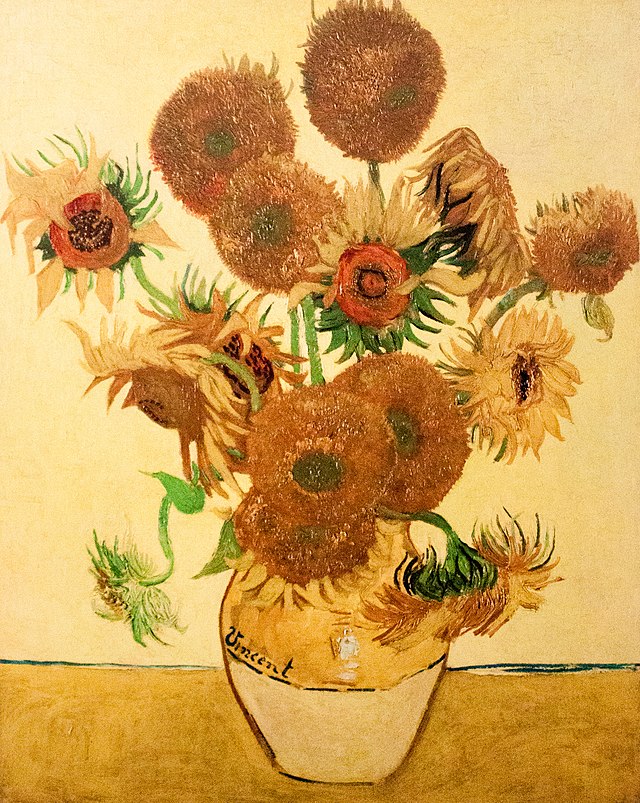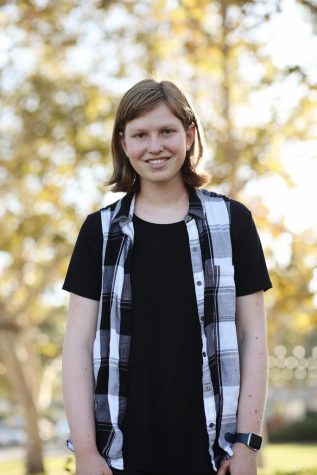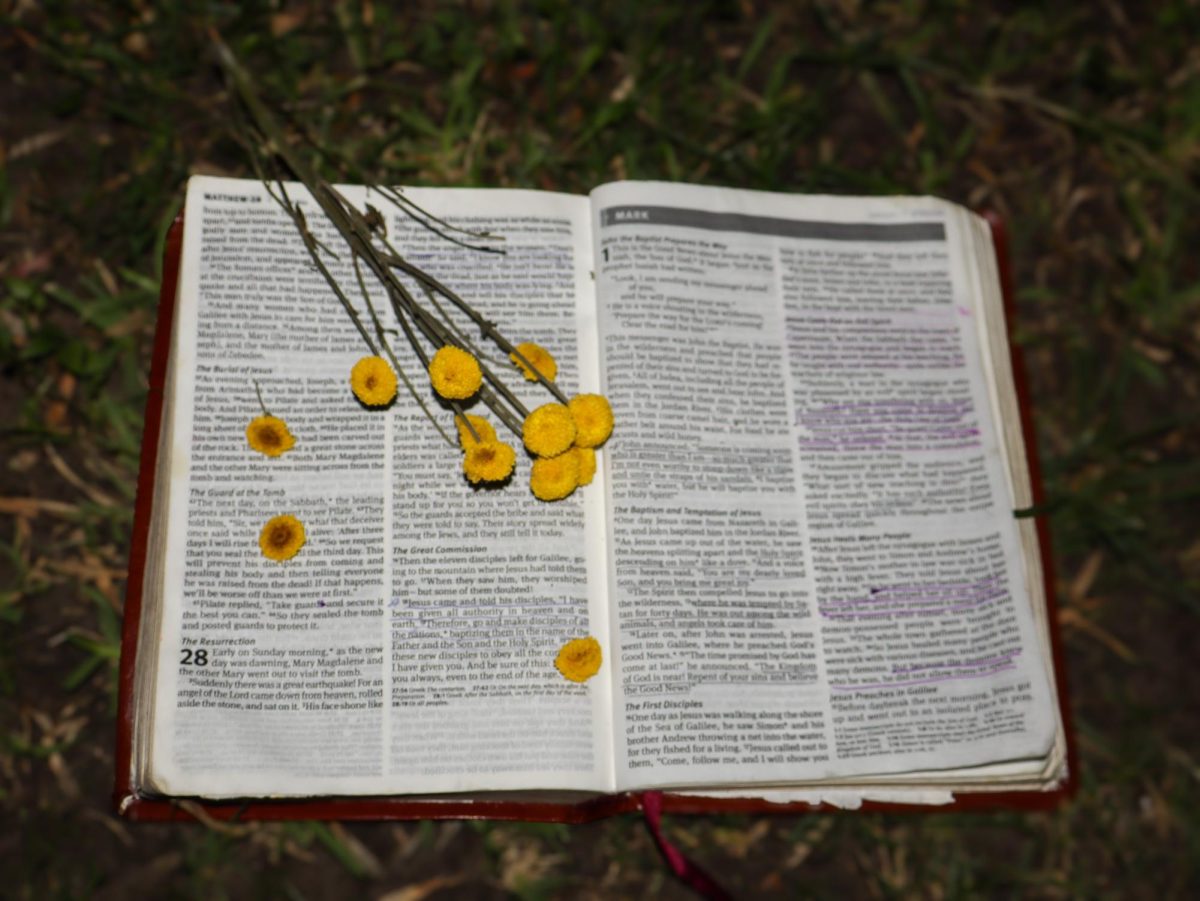Ever since environmental activists decided the most strategic way to save the planet was to throw soup and potatoes on famous paintings, art galleries have become the latest battleground in the fight against global warming.
On Oct. 14, members of the Just Stop Oil campaign group carried out a bizarre act of vandalism when they hurled a can of tomato soup on Vincent van Gogh’s “Sunflower” painting at the National Gallery in London, splattering its protective glass with red streaks before proceeding to glue their hands to the wall below the painting. Inspired by this courageous feat, climate protesters in Germany rushed to the Potsdam Museum on Oct. 23 and smeared mashed potatoes on Claude Monet’s “Haystacks.”
Flinging food at popular paintings is a perplexing and ineffective way to fight climate change. The activists’ valid concerns about the environment do not justify their decision to launch sticky projectiles at priceless artwork. This pointless campaign strives to bring attention to global warming by desecrating paintings of historic and cultural significance — a failed crusade which has, so far, only sparked ridicule and confusion, not lasting change.
CULTURAL CONVERSATIONS
According to art professor Jonathan Puls, when protestors target paintings, they destroy valuable pieces which have the potential to spark meaningful dialogue about culture.
“Art, as it hangs defenselessly on walls, often becomes the site for a variety of public conversations and debates, as it is one of the things that human beings hold most dear, and because most works of art are fragile and vulnerable,” Puls said. “I am generally concerned with the escalation and simultaneous devolution of cultural conversations on numerous fronts.”
These critically important cultural conversations are quickly evaporating in a haze of tomatoes and glue. In one of the latest incidents, which took place Oct. 27, a climate protestor in the Hague pasted his head to Jan Vermeer’s “Girl With A Pearl Earring” painting while his partner smeared his “Just Stop Oil” shirt with canned tomatoes. The disturbing scene led to three arrests for “public violence against property,” according to a tweet from Hague police, and prompted an outcry from enraged onlookers.
Puls noted that non-artists’ perspectives on this current phenomenon are just as important to the cultural conversation as artists’ opinions since paintings exist for everyone to enjoy.
“As an artist, I don’t know that I feel more strongly about this than anyone else might, because art is for everyone,” Puls said.
AN EMPTY ACTION
Across Europe, protestors clad in black shirts and neon-orange vests enter museums and approach century-old paintings, armed with glue, soup, vegetables and a warped ideological basis for their vandalism. For reasons unknown, they direct their righteous rage against environmental injustice toward masterpieces which have graced the walls of galleries for years, unsullied by paste or tomatoes.
The demonstrators accuse the public of caring more about art than life, food or fossil fuels while gluing their own hands to the wall in a herculean effort to convince themselves they did something of significance for the environment. Their sacrifice, however, is in vain — the climate continues to change but the politicians refuse to act, leaving the protestors to stand awkwardly in galleries while chunks of tomato stain their sleeves red.












